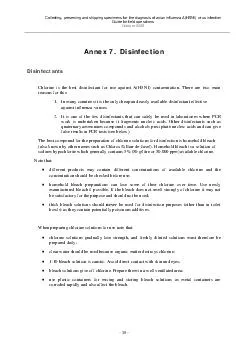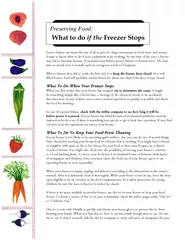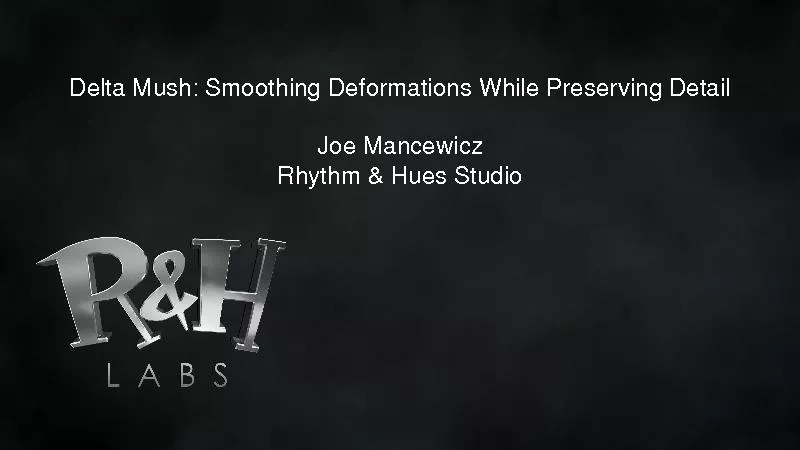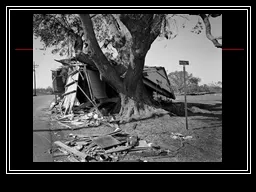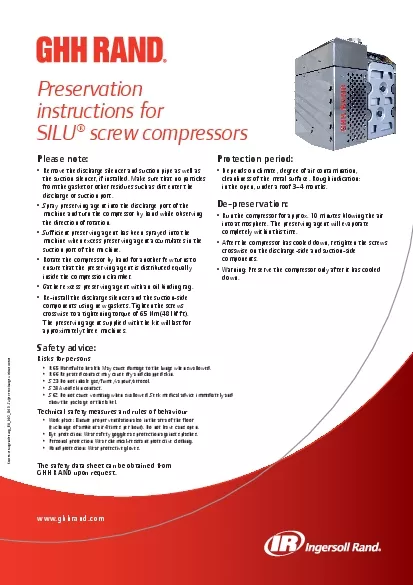PPT-Preserving
Author : alexa-scheidler | Published Date : 2016-03-15
Safe High Quality Meat Lunch amp Learn 12 noon to 1 pm October 6 2014 Audio Setup Click on the Audio Setup Wizard button in the Audio amp Video Panel Click to
Presentation Embed Code
Download Presentation
Download Presentation The PPT/PDF document "Preserving" is the property of its rightful owner. Permission is granted to download and print the materials on this website for personal, non-commercial use only, and to display it on your personal computer provided you do not modify the materials and that you retain all copyright notices contained in the materials. By downloading content from our website, you accept the terms of this agreement.
Preserving: Transcript
Download Rules Of Document
"Preserving"The content belongs to its owner. You may download and print it for personal use, without modification, and keep all copyright notices. By downloading, you agree to these terms.
Related Documents


